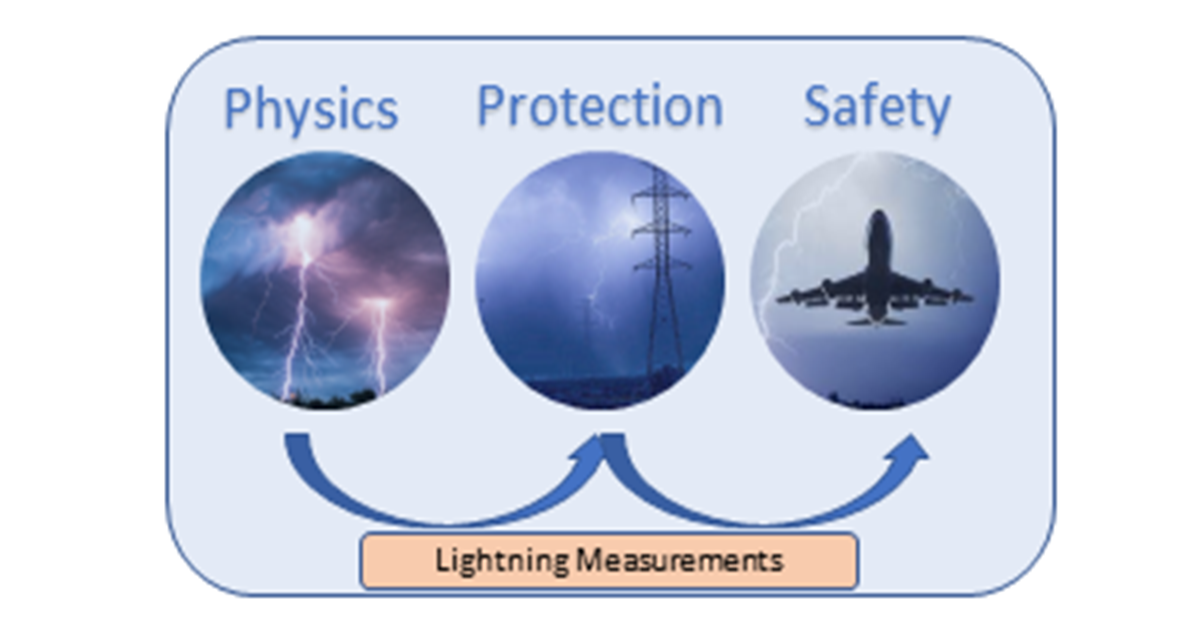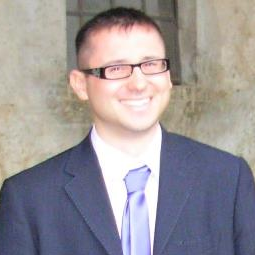Physics Principles, Measurements and Characteristics of Lightning
A special issue of Applied Sciences (ISSN 2076-3417). This special issue belongs to the section "Electrical, Electronics and Communications Engineering".
Deadline for manuscript submissions: closed (20 December 2022) | Viewed by 3105

Special Issue Editors
Interests: electromagnetic fields; lightning modelling; optimization; microgrid and renewables
Special Issues, Collections and Topics in MDPI journals
Interests: electrical engineering; lightning protection; lightning modelling; software engineering and computer communications (networks)
Special Issues, Collections and Topics in MDPI journals
Special Issue Information
Dear Colleagues,
Lightning is one of the most dangerous natural phenomena and can cause severe damage to infrastructures and people. The complete protection of infrastructures, as well as the safety of people, are crucial from a social and economic point of view. In this framework, the first fundamental step is the accurate estimation and representation of lightning characteristics and of the associated electromagnetic fields.
The aim of this Special Issue is to investigate and discuss measurements of lightning activity in order to provide reliable and suitable input data for researchers who need to properly design a lightning protection system.
Dr. Massimo Brignone
Dr. Daniele Mestriner
Guest Editors
Manuscript Submission Information
Manuscripts should be submitted online at www.mdpi.com by registering and logging in to this website. Once you are registered, click here to go to the submission form. Manuscripts can be submitted until the deadline. All submissions that pass pre-check are peer-reviewed. Accepted papers will be published continuously in the journal (as soon as accepted) and will be listed together on the special issue website. Research articles, review articles as well as short communications are invited. For planned papers, a title and short abstract (about 100 words) can be sent to the Editorial Office for announcement on this website.
Submitted manuscripts should not have been published previously, nor be under consideration for publication elsewhere (except conference proceedings papers). All manuscripts are thoroughly refereed through a single-blind peer-review process. A guide for authors and other relevant information for submission of manuscripts is available on the Instructions for Authors page. Applied Sciences is an international peer-reviewed open access semimonthly journal published by MDPI.
Please visit the Instructions for Authors page before submitting a manuscript. The Article Processing Charge (APC) for publication in this open access journal is 2400 CHF (Swiss Francs). Submitted papers should be well formatted and use good English. Authors may use MDPI's English editing service prior to publication or during author revisions.
Keywords
- lightning
- electromagnetic fields
- experimental measurements
- lightning occurrence
- lightning hazard
- lightning protection






